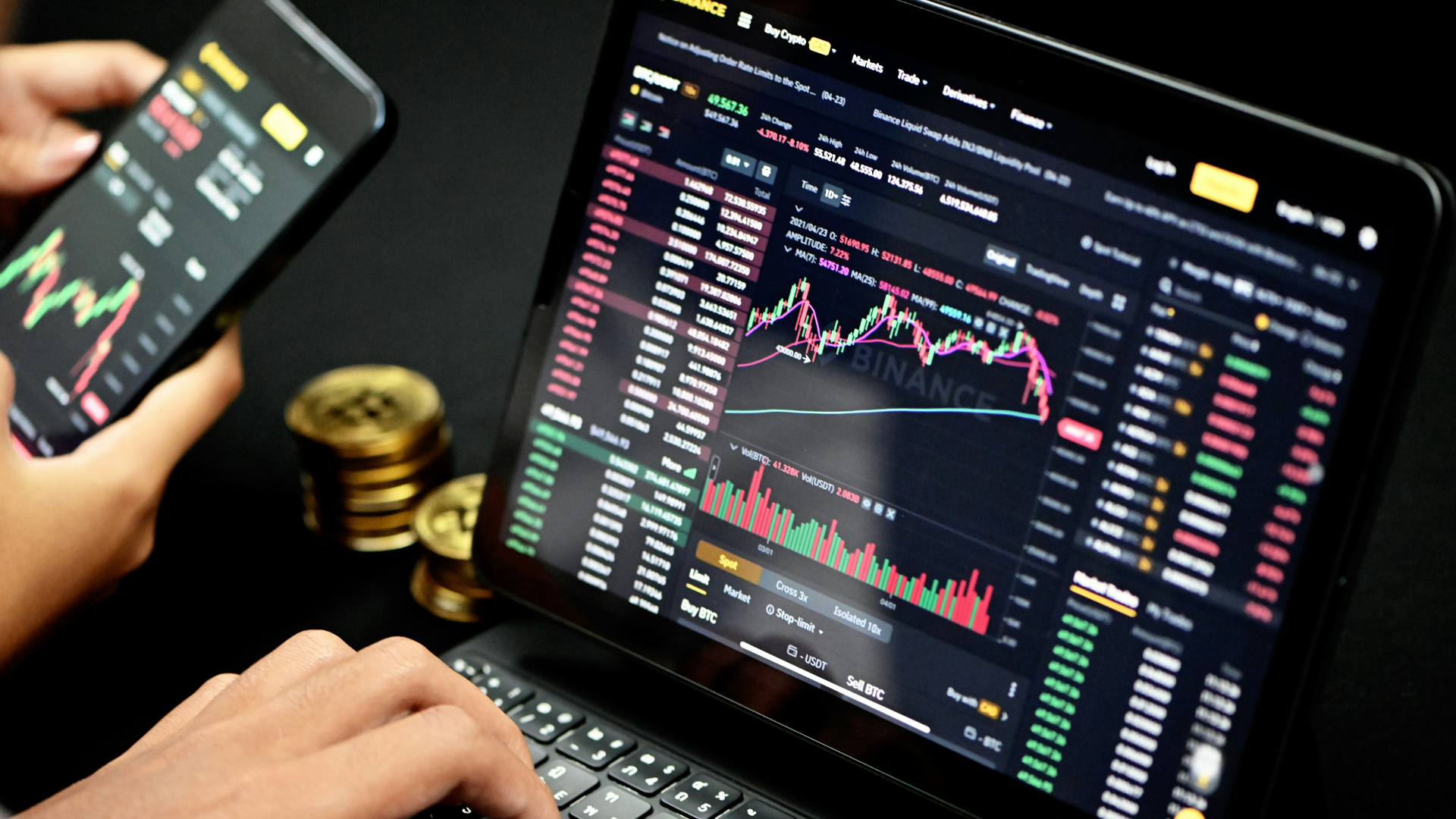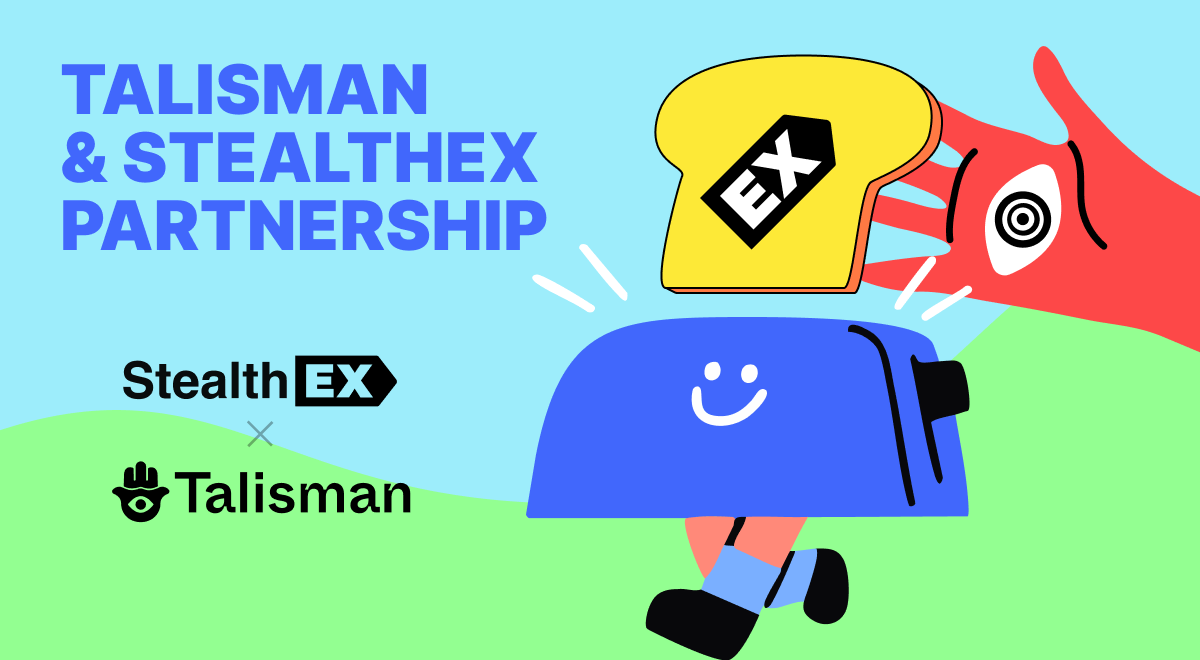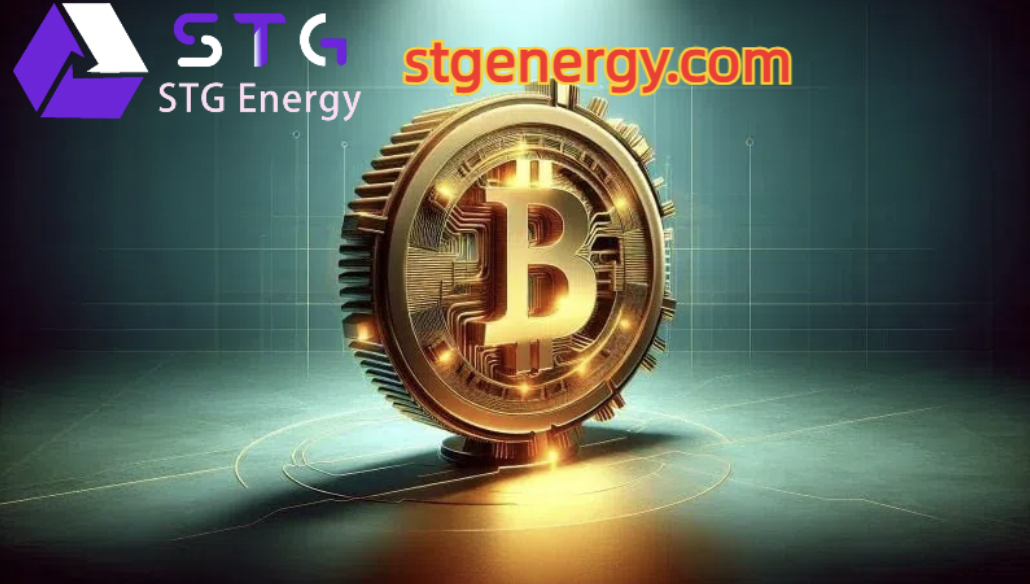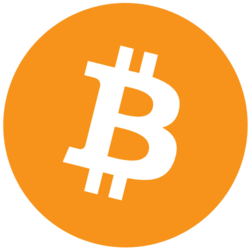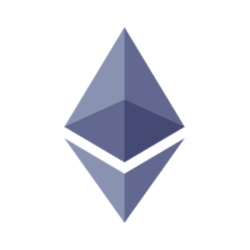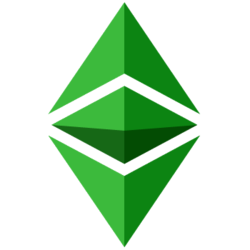Coin Launch Space is here to give you clear, accurate, and trustworthy information about crypto. Our team is made up of experts with real experience in crypto, finance, and new tech. Every article and page we publish is carefully reviewed by skilled editors to make sure it’s up to our high standards. We take pride in offering honest, easy-to-understand reviews based on real knowledge. Check out our editorial policy and see how we test and review crypto assets.
zkSync is a Layer 2 scaling solution that is integrated with Ethereum to allow consumers to transact instantly, quickly and with low fees as compared to the main Ethereum network but it is secured by Ethereum. Described as ‘applications utilizing zk-rollup technology’, zkSyncs cluster transactions offline and submit them together to Ethereum, at considerably cheaper prices and without traffic jams.
ZkSync claims that only $6 billion of value needs to be bridged to make it the fifth largest Ethereum asset, making bridging necessary for users wishing to engage with zkSync and its ecosystem, be it for DeFi, NFTs, or other dApps. This article explains how to bridge assets to zkSync, the benefits of doing so and best practices for a safe journey.
What Is zkSync?
zkSync is much like an attachment or a tool that extends Ethereum capabilities of faster and cheaper transactions. To do this, it uses zero-knowledge proof, which validates transactions without revealing information about such transactions; moreover, it is fully compatible with the most commonly used Ethereum wallets and recognizes ERC-20 tokens.
Why Bridge to zkSync?
- Bridging to zkSync provides several advantages:
- Reduced Gas Fees: Cheaper than Ethereum mainnet in terms of transactions.Faster Transactions: Have
- quick, almost instantaneous, confirmation of each transaction.
- DeFi and dApps Access: Take a look at the constantly expanding list of DeFi platforms, NFT marketplaces, and many other applications that integrate zkSync.
- Ethereum Security: Enjoy security and growth of Ethereum transactions at the same time.
What Is a Blockchain Bridge?
A bridge between two blockchains is a system that allows for streaming of assets between the two blockchains. Thus, bridges help users transfer their tokens from Ethereum or other associated networks to the Layer 2 domain of zkSync.
Getting Started With the ZKSync Bridge: A 5-Step Overview
Step 1: Set Up Your Wallet
First of all, you have to have a wallet which supports Ethereum and zkSync. Some popular options include:
MetaMask: An extremely popular and very general purpose available browser wallet.
- Trust Wallet: An application that allows for payments across various blockchains.
- Ledger: A backup from the original wallet in form of a hardware to enhance security.
Step 2: Add zkSync to Your Wallet
If your wallet is not integrated with zkSync, you may have to add it manually on your end in most cases. In MetaMask, for instance:
- This can be done by following the path: Setting – Network – Add new.
- Enter the following details for zkSync:
- Network Name: zkSync Era
- New RPC URL: https://zksync2-mainnet.zksync.io
- Chain ID: 324
- Currency Symbol: ETH
- Block Explorer URL: https://explorer.zksync.io
- To add the network, click the Save button.
Step 3: Choose a Bridge
Choose a safe route to move assets to zkSync. Popular options include:
- zkSync Official Bridge: It is the most secure way of getting ETH and other tokens on the ERC-20 standard into zkSync.
- Orbiter Finance: It will bring a fast and efficient multi-chain bridge at a relatively low cost.
- Hop Protocol: Bridging to other Layer 2s is supported by Ethereans.
Step 4: Connect Your Wallet
Visit the bridge’s website and connect your wallet:
- Press Connect Wallet or any other related button.
- Choose your Web3 wallet options (like Mobile Wallet or Metamask).
- Allow people to connect to the bridge.
Step 5: Select Tokens to Transfer
Once connected:
- Select the token you’d like to bridge between Ethereum and Artemis (including ETH, USDC or another token type).
- Please input the figure which you would like to transfer.
Step 6: Approve and Confirm
Check out the tokens sold and the gas fees involved in the transaction as well.
Confirm the transaction in your digital purse and that is all. It is, however, important to state that you will require a small amount of Ethereum to make these transactions on the Ethereum network which you will pay as gas.
Step 7: If the customer has finished buying the products but has not been assigned to an operator, he will wait for
the transaction confirmation.
Bridging transactions usually require few minutes to complete. After confirmation, you receive your tokens on the zkSync network in the corresponding subsection of your wallet.
Guidelines on the Use of zkSync Bridges
- Use Official Platforms: Never use dubious scams, always use zkSync Bridge or other similar and legitimate means only.
- Verify Wallet Addresses: Always cross check the wallet addresses you want to use for confirmation of transactions.
- Start Small: Use it the initial stage to test the waters before transferring huge amounts of money.
- Enable Security Features: Always use wallets which support two factor authentication or better yet use hardware wallets.
- Monitor Fees: As with other cryptocurrencies, consider the gas fees which may at some point increase during high traffic times.
Some of the most used applications on zkSync
1. DeFi Protocols
Based on zk-SNARKs it can be stated that zkSync currently integrates several DeFi platforms, such as decentralized exchanges and lending services.
2. NFT Marketplaces
Learn more about low-priced NFT minting and trading via the zkSync-powered platforms.
3. Gaming and Social dApps
Further, the fact that zkSync charges minimal transaction fees recommends it for uses cases that that involve many interactions such as gaming and social apps.
You Might Also Be Wondering The Following.
1. What Tokens Can Be Bridged?
zkSync currently supports ETH, USDC, USDT, and most other tokens that are ERC-20 standard compliant. Refers to the bridge interface to read over the supported tokens.
2. How Much Are Bridging Fees?
Fees depend on the traffic of Ethereum’s network and the token transferred, zkSync cost is substantially lower than on Ethereum mainnet.
3. Is Bridging to zkSync Safe?
Yes, if you use the official or reliable bridges. Please review the URLs and make sure to adhere to best practices concerning your wallet.
4. Can I Reconnect to Ethereum?
Yes, you can even use the same bridge to swap tokens back to Ethereum and other networks.
Conclusion
zkSync is a perfect solution to scale Ethereum transactions with its high speed, low cost, and high level of security of Layer 2 networks. Transitioning to zkSync is easy and if well equipped and when followed the right protocols one can easily navigate through the budding ecosystem of zkSync.
If you are part of DeFi, an NFT artist, or a dApp user, you will be excited to have zkSync that offers Ethereum’s security integrated with superior scalability. If you do what this guide offers, remain safe, and embrace the real value of the zkSync next-generation blockchain solution.
Disclaimer: The content provided reflects the authors personal opinions and is influenced by current market conditions. Conduct thorough research before making any cryptocurrency investments. The author and the publication are not liable for any financial losses you may incur.


